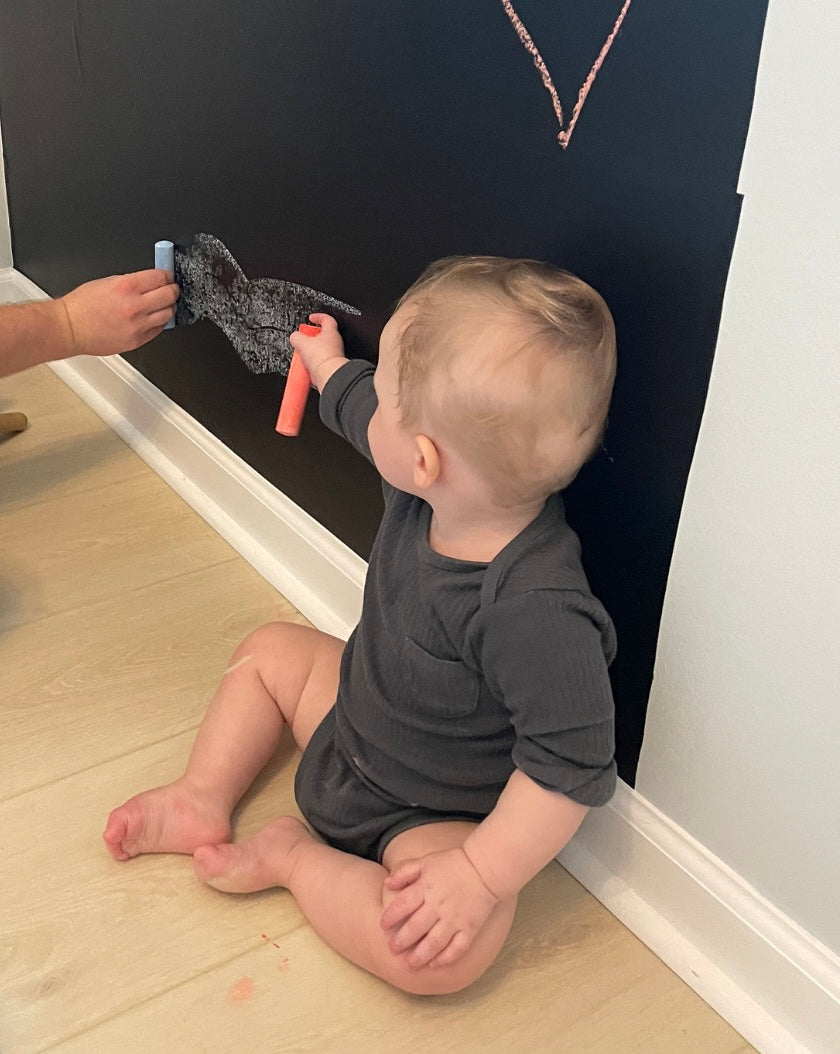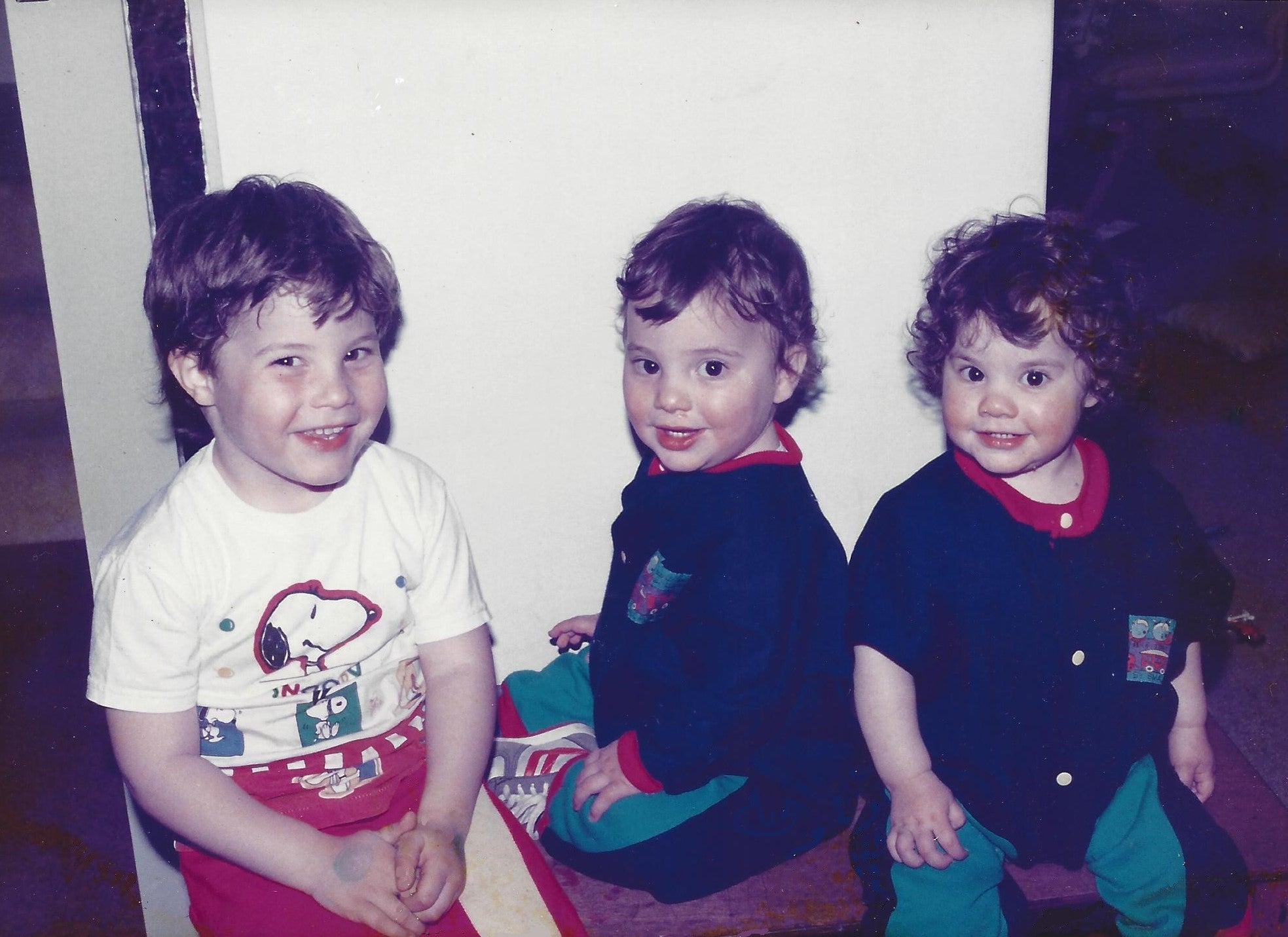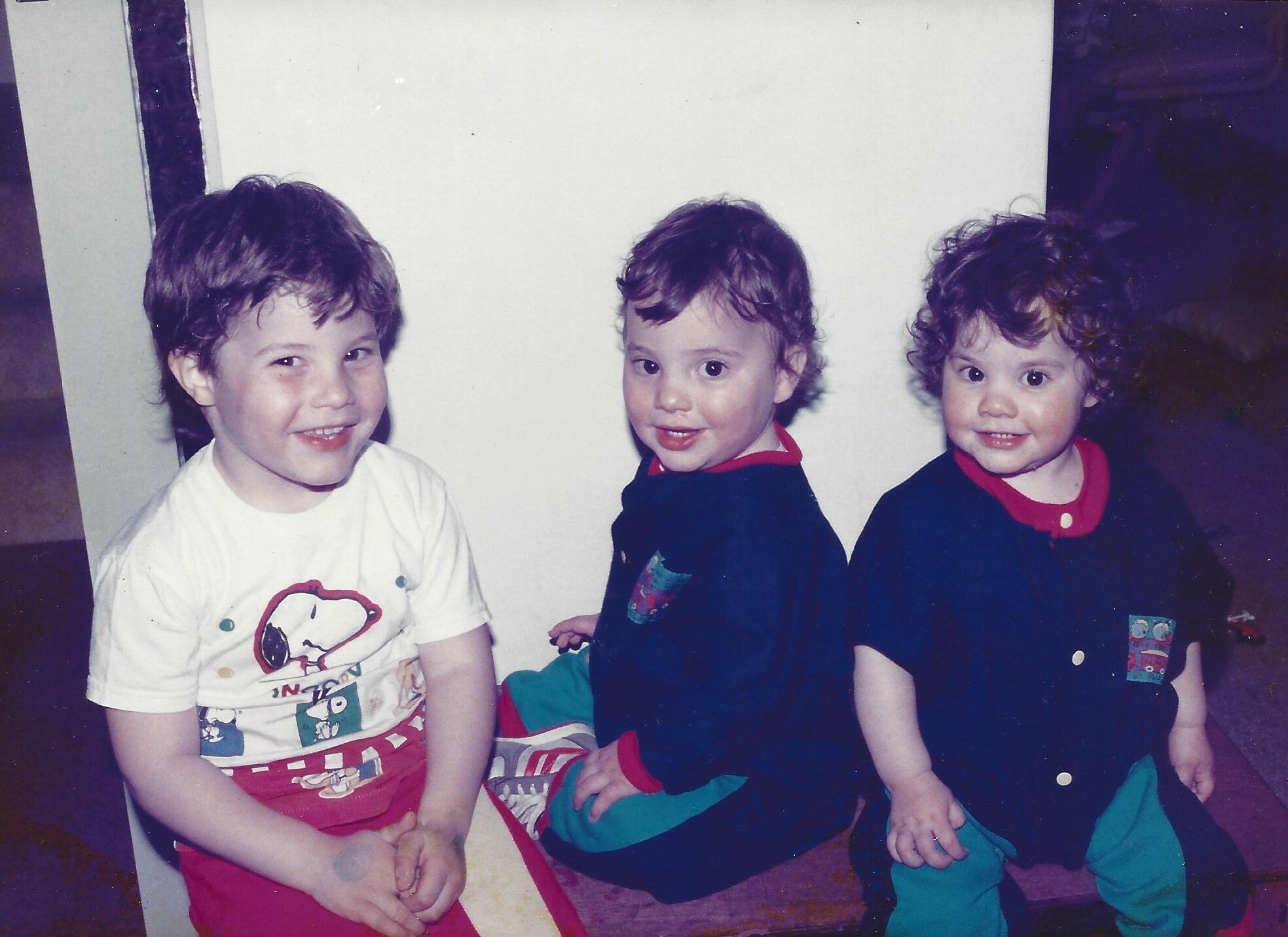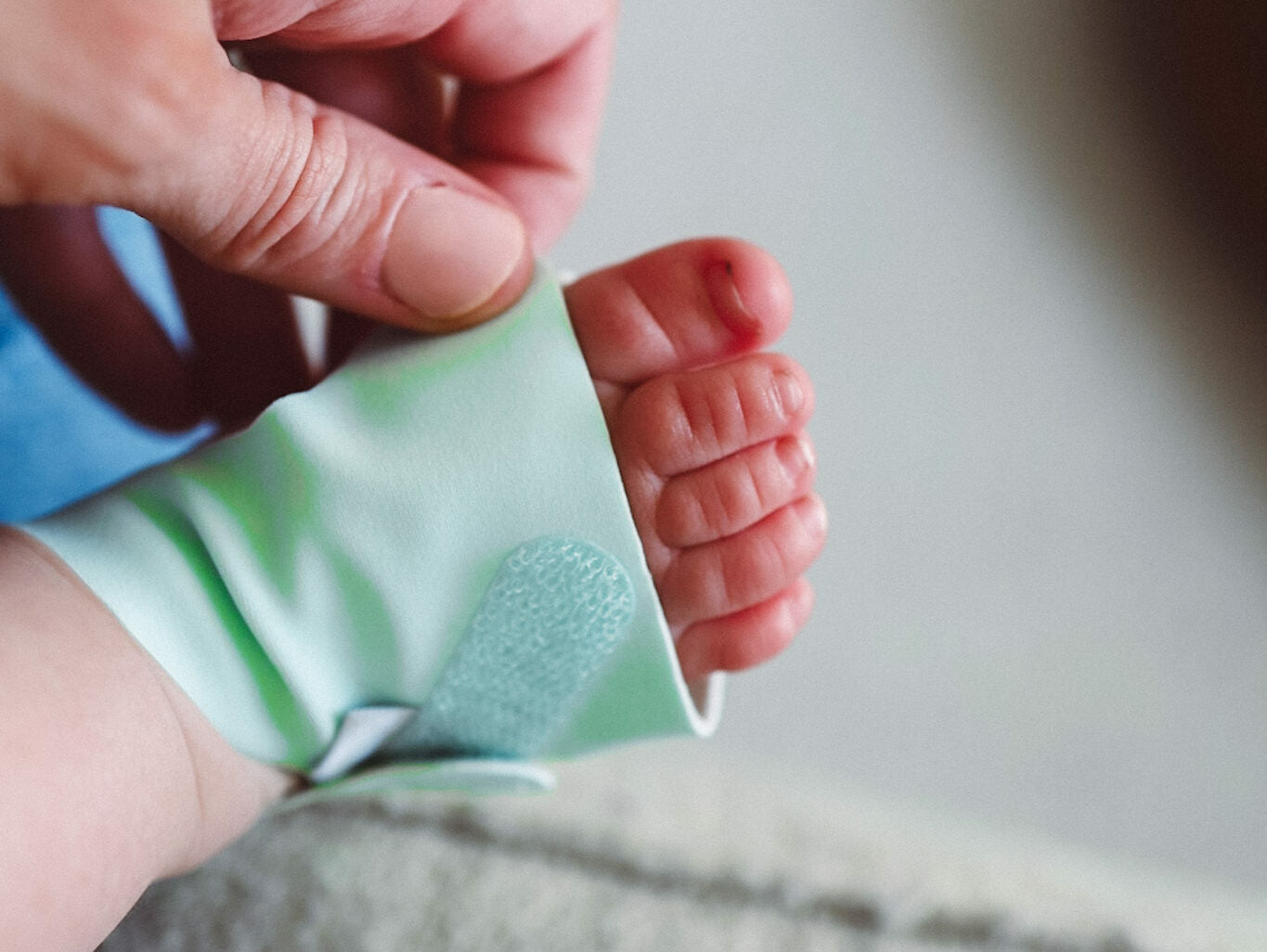Spring is a word that comes with thoughts of warmer weather, pretty flowers, and more sunlight.
For parents with little ones, it can be a slightly different story. Before we can experience the warm weather, pretty flowers, and sunlight, we have to get past one [not so] little obstacle: Daylight Saving Time.
If you didn’t know already, March 10th is when our clocks will “Spring Forward” one hour for Daylight Saving Time. Now, before you let out a big sigh, just know that this time change isn’t all that bad. We know what you’re thinking right now, the words “change” and “baby” don’t really mesh but hear us out.
For those of you whose little one has a habit of consistently waking up early, your situation will be looking a little bit better. That means that the dreaded 5:45am wake time will now become 6:45am!
Now the time change doesn’t guarantee everything will go over smoothly. So, to help you get a head start, we got together with our team of sleep experts to give you some guidance on how to survive the time change:
1. Make Adjustments to Baby’s Sleep Schedule During the Week
If you have some time during the week let’s make some gradual changes to your little one’s schedule each day starting on Thursday. The goal is to wake Baby 20 minutes earlier than normal in the morning on Thursday and put them to bed 20 minutes early as well. On Friday, we’ll wake them up 40 minutes earlier than normal and put them to bed 40 minutes early. On Saturday, we’ll wake them up 50 minutes earlier than normal and put them to bed 50 minutes early. When the time change rolls around early Sunday morning and the clocks spring forward, your little one will be nicely adjusted. Here’s a sample schedule you can follow if you would like to follow this approach:

2. Make Adjustments to Baby’s Sleep Schedule Over the Weekend
If you don’t have time during the week but would like to make some adjustments over the weekend to make the transition a little more smooth, we’d suggest making an adjustment the day of the time change. On Sunday morning, wake your baby up 30 minutes early. Keep in mind, the clocks will have already changed by this time, so the clock will show 30 minutes later in your mind, but your baby’s internal clock will think they’re waking up 30 minutes early. If you’d like to take a stab at following this approach, follow this sample schedule:

3. “Spring Forward” with Baby’s Normal Sleep Schedule
If you prefer to ‘rip the band-aid’ and get the time change over without making any adjustments, this approach is for you. This means that literally, nothing will change with your baby’s existing schedule. The only thing changing will be the clock. Here’s how you can “Spring Forward” with your current schedule as-is:

4. Be Aware of the Increase of Light and Other Factors
In the springtime, mornings will become brighter and birds will start singing earlier. This is important to keep in mind because you don’t want any extra light or sound sneaking into your little one’s cave. Our sleep experts recommend taking a look at your baby’s sleep environment. Remember, we want the room as dark as possible, so if you notice any light sneaking in, consider investing in some effective blackout shades/curtains. Once your little one is up and ready to be active, we highly encourage getting them out in the sunlight for at least 30 minutes.
You may also want to consider a sound machine. We recommend keeping the machine at a safe level, around 50db. This will ensure your little one doesn’t get woken up by any outside noises that are out of your control.
5. Keep Baby Awake While Putting Them to Sleep
It’s super important that you make sure your little one is awake when you’re putting them down for sleep. Remember, babies have very active sleep cycles and tend to wake up frequently at the peak of their cycles to check their surroundings. Putting them down while they’re awake will help them recognize their sleeping spot so they aren’t startled when they wake up. It will also help them adjust to the new sleep times more quickly.
6. Stay Consistent
It is critical to always stay consistent during times of change. Follow your existing bedtime routine and don’t deviate from it.
If this time change is a tough one for you and your baby, be patient. Remember, good things take time, and sleep is a learned habit that can take lots of practice. Stay the course and remember that we’re rooting for you!





















































